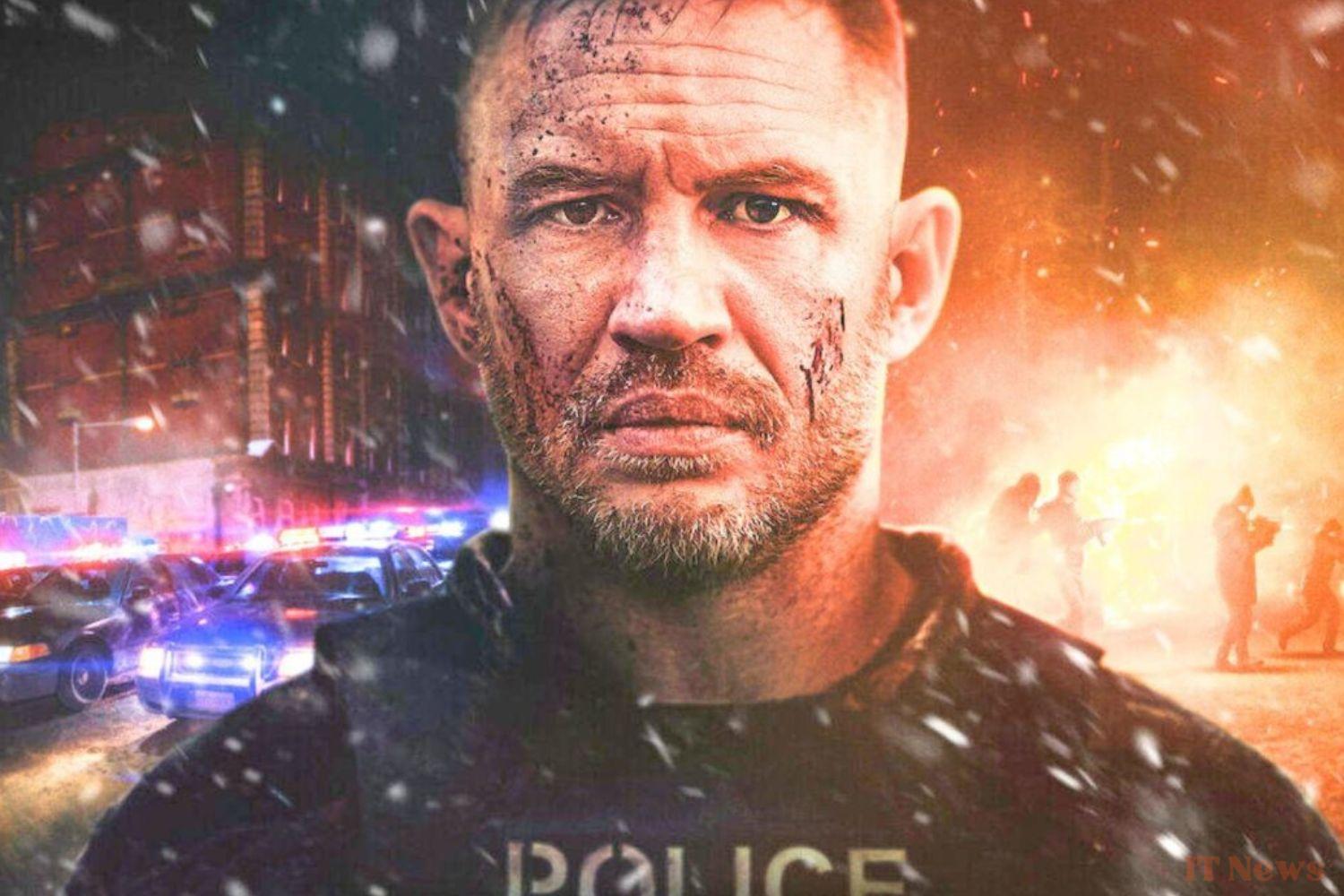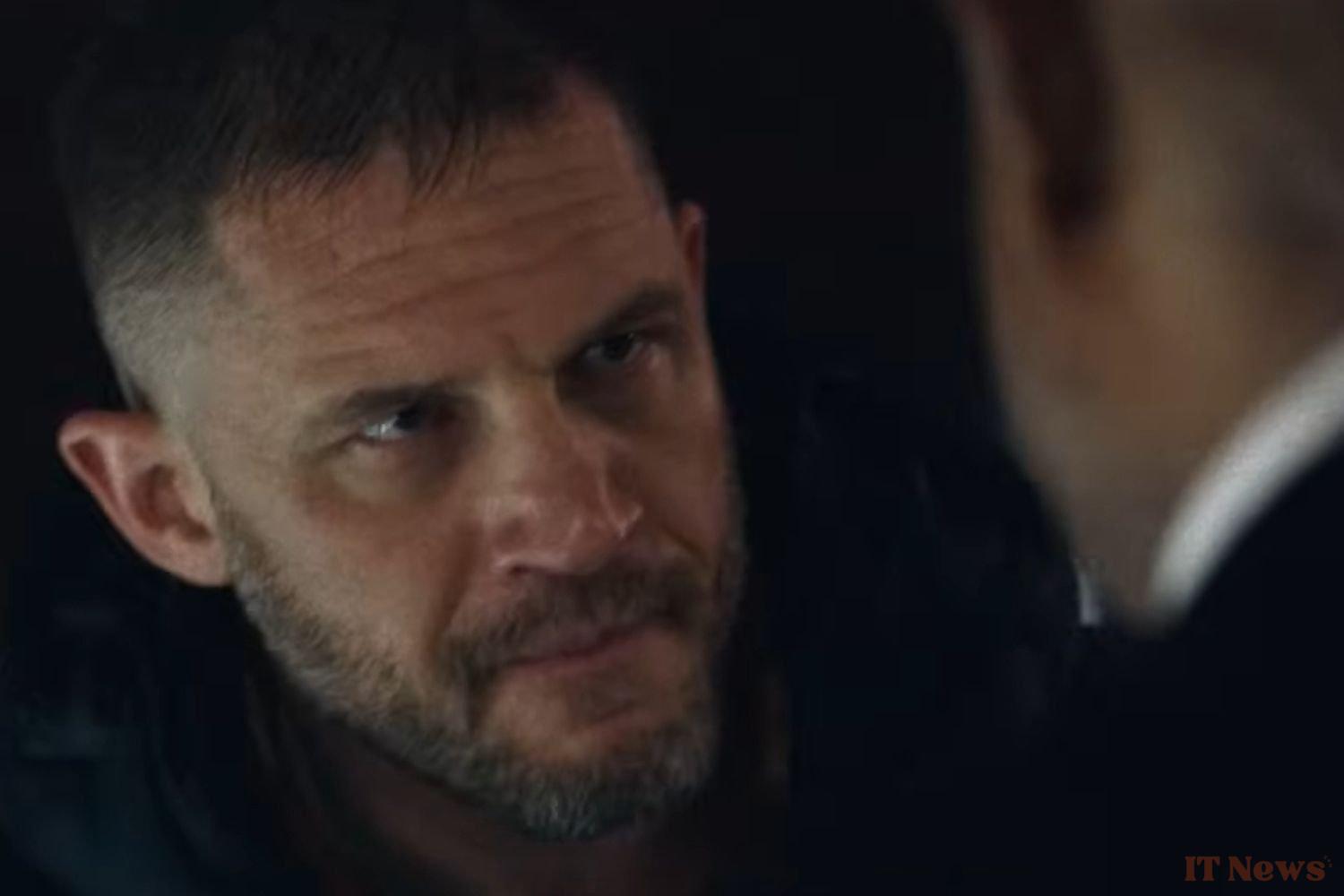While we may admire Chad Stahelski's work on the John Wick saga, we must give credit where credit is due, and Keanu Reeves wouldn't have been so lethal without the film that set an example for a whole section of modern action cinema: The Raid. In 2011, the unknown Gareth Evans, a Welsh director who had immigrated to Asia, decided to revolutionize violence in cinema with a science of brutal staging. A science he continued to exploit in The Raid 2, the series Gangs of London, and his least successful project to date, The Good Apostle on Netflix. The streaming platform is once again the scene of its love of brutality by welcoming Ravage.
Havoc, by its original title, had almost become a pipe dream for fans of the man, the film having been shot in 2021 and then experiencing post-production hell. To the point where we ended up wondering if the film starring Tom Hardy would finally be released on screens, and even more so on French screens. The arrival of Ravage on the SVoD service is therefore, in itself, already a reward. It remained to be seen if our wait would be rewarded.
Walker is a wounded cop whose bad decisions have led him to play the henchman of an ambitious politician. When the latter's son is involved in the death of a triad leader, Walker sees an opportunity to settle his debts by freeing the offspring from this sordid affair. This was without counting on the vengeful quest of the victim's mother, who came with all her troops, as well as a group of corrupt cops eager to clean up her tracks. The bloodbath is inevitable.
1 – A tribute to Hong Kong films of the 80s and 90s
Evans himself describes his work as a love letter to Hong Kong cinema of the 80s and 90s, and it is hard not to see the references. We are in a neo-noir thriller where everything is dirty and perverted, innocence being condemned to die under the bullets of a high-flyer who assumes all the rights. Tom Hardy's voiceover introduction preceding a nervous chase sounds like a statement of intent.
Not everything is rosy, and one might cringe at seeing Evans abandon his practical style for sloppy digital effects similar to a Robert Rodriguez from the 2000s. A great director, he never really shone as a screenwriter, and this is even more noticeable with Ravage, where the script takes precedence over the action, to its detriment. Although there isn't really a problem with pacing, one deplores the somewhat overly functional use of the characters, the majority of whom simply don't exist off-camera. Fortunately, the charisma of the actors can compensate for the writing. Timothy Olyphant, Forest Whitaker, Jessie Mei Li and Quelin Sepulveda have a presence that largely transcends their lines of dialogue, with a certain physicality.
2 – The nightclub scene
As we said, Ravage is not as action-packed as one might have thought given the person in charge. And yet, Evans' talent shouldn't be written off too quickly, because as soon as he lets loose, he's back at the top of the action movie director food chain. The nightclub sequence is a model of rhythm and synergy, with mind-boggling violence and editing that serves that same brutality.
It's a feast for the eyes: limbs fly, violence rages, bullets rain down, and the director demonstrates a mastery of location and placement. A true blood opera where no two bodies fall in the same way. Evans was found unusually calm, but he sets the record straight with orgasmic barbarity.
3 – The Final Sequence
And that's where Gareth Evans comes back with a question: now that it's all been a blast, how can we do better? With its climax, of course. Shotgun, Uzi, cramped corridor, and an army of extras ready to take a beating, we're good, we're at home. The camera whirls, the action is non-stop, and blood is spraying all over the walls. If you started Ravage with that desire for blood, the film saved the best for last. The kind of sequence you watch several times, just to take in everything that's happening on screen, and for the pleasure of it too.
This sequence is a model of technicality and generosity that reinvents itself with each shot. Gourmet, crunchy, bloody, with a Tom Hardy invested in smashing heads. Evans has this vision of impact, of graphic death more than choreography. The important thing isn't to be classy or inventive like a John Wick, it's to make the carnage as visual as possible. In short, the master is back.




0 Comments